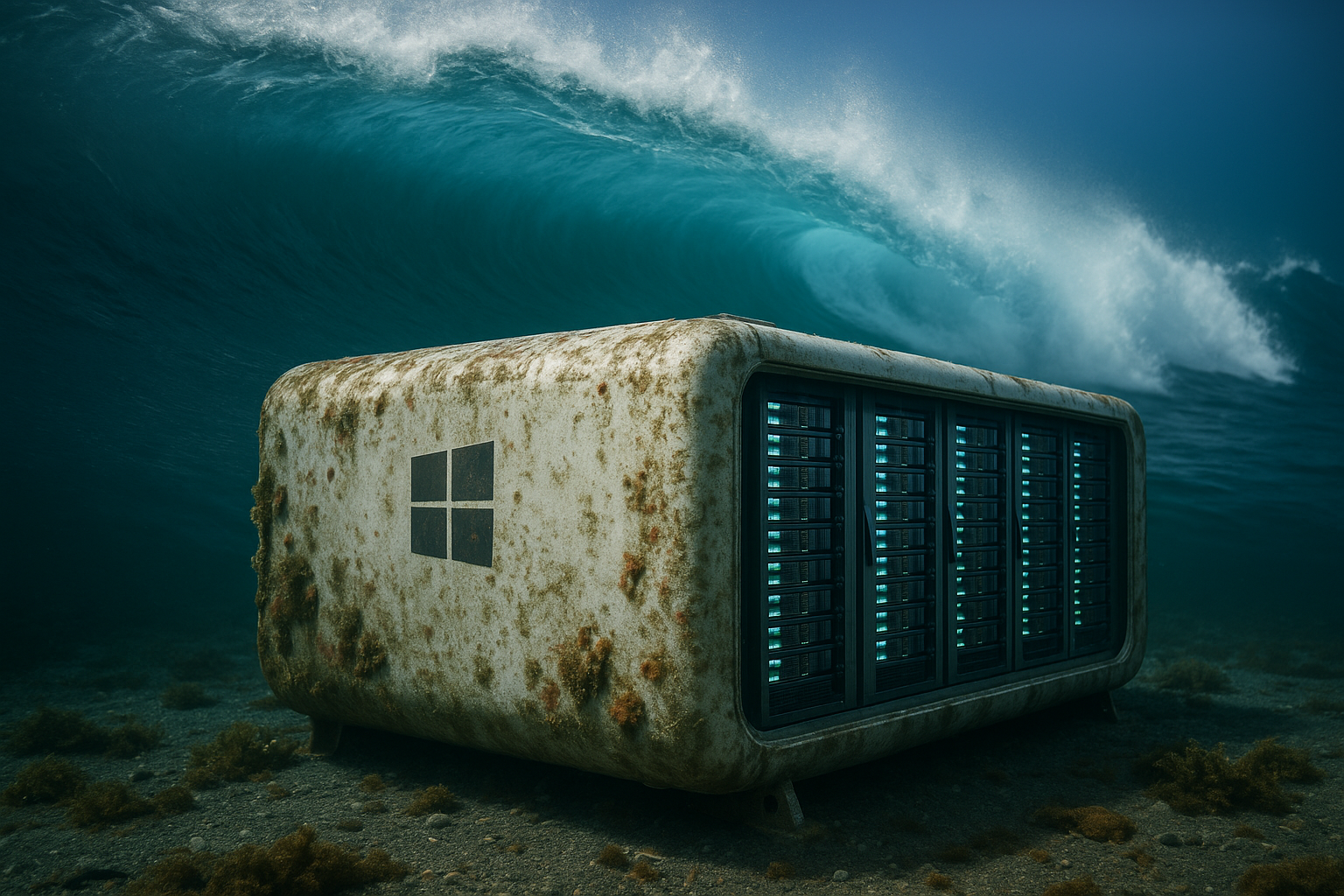Riding the Wave: The Rise of Underwater Data Centers
Ever since the inception of the internet, data centers have been the backbone of our digital world. These hulking, energy-hungry behemoths house the servers that store, process, and distribute our data. But as our digital appetite grows, so does our need for more efficient, sustainable, and innovative data storage solutions. Enter: Underwater Data Centers.

Microsoft’s Project Natick, an ambitious endeavor to submerge data centers beneath the sea, is turning the tide for energy-efficient and sustainable data storage solutions. This pioneering project, initiated in 2015, is breaking new ground in the tech industry. And with the revelation of the project’s successful second phase in 2020, the prospect of underwater data centers is no longer a deep-sea dream but a nearing reality.
Plunging Into History
The concept of underwater data centers isn’t entirely new. In the early 2010s, a few tech companies toyed with the idea. However, it was Microsoft that made the first significant splash with Project Natick in 2015. The project’s first phase involved submerging a small data center off the coast of California for over 100 days. It was a resounding success, setting the stage for Phase 2.
Diving Deeper: Project Natick Phase 2
Phase 2 of Project Natick saw Microsoft sink a larger, more complex data center off the coast of Scotland in 2018. Packed with 864 servers and cooled by the ocean’s naturally cold temperatures, the data center ran underwater for two years. When it resurfaced in 2020, the results were beyond promising. The underwater servers showed a failure rate of just one-eighth that of their land-based counterparts.
Making Waves: The Benefits of Underwater Data Centers
The primary benefits of underwater data centers lie in their sustainability and efficiency. The ocean’s naturally cold temperatures negate the need for expensive, energy-consuming cooling systems that traditional data centers require. Plus, these submerged servers can be powered by offshore renewable energy sources, like wind and solar, further reducing their carbon footprint.
Subsea Servers: The Future of Data Storage?
While the success of Project Natick has undoubtedly buoyed the prospects of underwater data centers, it’s still early days. There are logistical challenges to overcome, such as the long-term impact on marine life and the complications of performing maintenance on submerged equipment. However, the potential for a more sustainable, efficient future of data storage is undeniably exciting.
Estimated Price Range and Market Impact
While Microsoft has yet to reveal the cost of Project Natick, the potential savings on cooling and energy could make underwater data centers a financially viable option in the long run. As for market impact, the successful implementation of such data centers could cause a seismic shift in the tech industry, paving the way for more innovative, sustainable data storage solutions.
As we navigate the digital sea of the 21st century, the prospect of underwater data centers showcases the tech industry’s ability to innovate and adapt. With the success of Project Natick, we might be on the brink of a new era in data storage - one that dives deep beneath the surface, harnessing the power of the ocean to sustain our ever-growing digital world.




